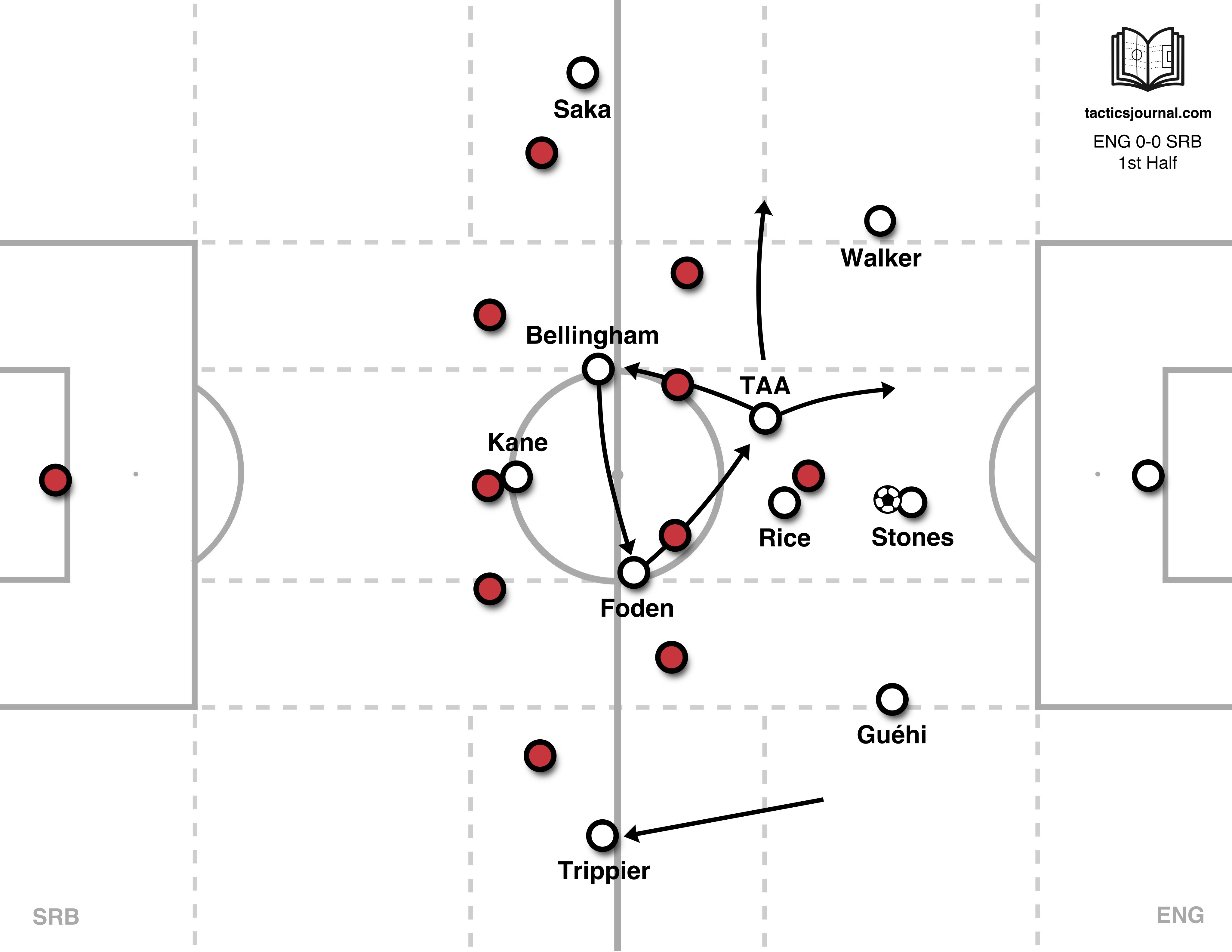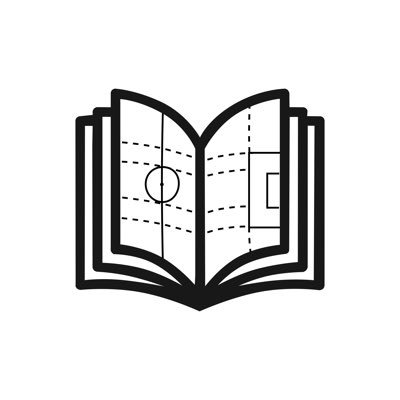Foden, Bellingham, Rice, and Trent in the midfield can work for England
20 June 2024
The system England used against Serbia, centered around Phil Foden, Jude Bellingham, Trent Alexander-Arnold, and Declan Rice in midfield, can work but is dependent on passes funneled through the middle and the left-back remaining active down the wing.

Fatigue should be mentioned when talking about England’s performance because they looked tired after this long, grueling season.
Italy coach Luciano Spalletti spoke about Nicolo Barella starting against Albania after he missed training due to injury:
The fact that he missed a few training sessions at this stage of the season can only be good for him. We all say, we come to the end of the season, we’re really tired, we’re tired, we’re tired, exhausted, but one guy who’s missed two training sessions sessions, okay, he shouldn’t have necessarily played because he missed two training sessions. No, he played because he rested up. It’s actually the contrary, it’s the opposite.
Phil Foden can invert from the left wing because left-back Kiernan Trippier is there to push up on the left. When Trippier isn’t there, Phil Foden and Jude Bellingham have to work harder, covering the space Trippier occupied. That takes players out of the center of the pitch.
When you take players out of the center of the pitch, then England can’t progress on the ground; they have to go vertical, which they did. This issue compounds because Declan Rice only passes side to side. Trent Alexander-Arnold was progressing the ball, but due to the fact he is often wide right, he can’t thread a pass on the ground to Kane, Bellingham, or Foden. They are too far away from him, with bodies in the way.

Notice the lack of straight passes forward into that zone where Phil Foden can turn. To get the most from Foden and Bellingham, you need to funnel the ball through that zone. Play the ball into their feet with their back to goal, and then they can turn towards the penalty box.
The selection of players is not the problem; the selection of passes is. You might as well not start Foden if you are not going to play this pass. Foden is not Jérémy Doku; he won’t dribble past five people. He is a jack-in-the-box that you wind up in small spaces, pass the ball into feet to pop out of the space, pass or shoot, and then start again.

Of the two progressive passes Declan Rice played to Phil Foden in the first half, neither were forward, both sideways, and neither were in that zone central. Marc Guéhi was one of the main sources of cutting passes to break Serbia’s first line of defense.
This is the problem with having Declan Rice as the anchor. This will go overlooked because of how good of a footballer he is, but he is unwilling to play this pass forward between the lines. He passes from side to side, left to right, like a center-back. His mind and thinking are more similar to that of Gabriel Magalhães, not Rodri. He is not a natural six and is used to Arsenal playing through the wings. Jorginho, Partey, Mainoo, and Wharton find the least obvious pass. Rodri finds that pass and dictates the pace of play to allow Foden time and space on the ball to turn.
It is not a lack of ability on Rice’s part, it is a conscious mindset to always look forward when everyone else is looking back at the ball. It is a switch he can flip because I know he knows he can play those passes.

I gave credit to Marc Guéhi but you can also give credit to John Stones. Stones, over time, has learned how to think like Rodri—to think like a six. He was the first one to play the forward pass into Foden in that zone in the final third. You play that pass, and then the entire attack opens up. It is a small window to pass into, but that is where Foden needs the ball. It looks impossible to receive a pass in that small a space, but for Foden, it is necessary.
Those one-twos open up the defense. Without that combination play, you can’t progress the ball forward without going through the wings.
When Trippier was active down the wing, this dynamic worked because Trent could progress through the center to Foden and Bellingham due to the smaller distance between them, and then they could pass out to Bukayo Saka and Trippier on the wings. When Trippier isn’t active, Trent Alexander-Arnold has to go long or through the wing.
The switch was flipped in the 20th minute. England began to go long. When England goes long, the game is lost because a game of many transitions does not play into their strengths as a team. Other than Bellingham, that midfield is not great in transition, Kane is not going to win every aerial duel, and with Trippier back in England’s half, there is no outlet on the left wing.
They don’t need to start a left-winger, but they have to slow the pace of the game down and focus on funneling the ball through the center of the pitch to distribute into the box or wide to be crossed. If they do not, they will repeat this same static and frustrating performance.
Match: England 1-0 Serbia, 16 June 2024

